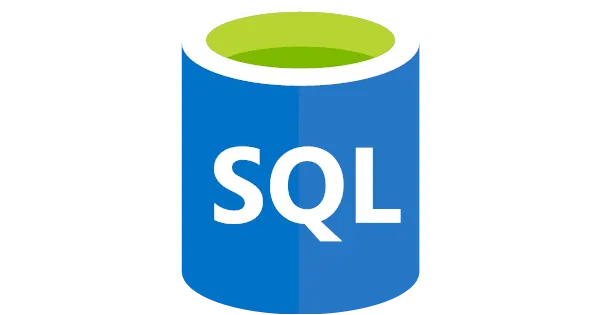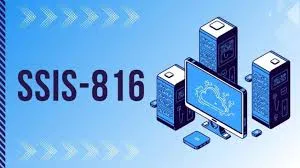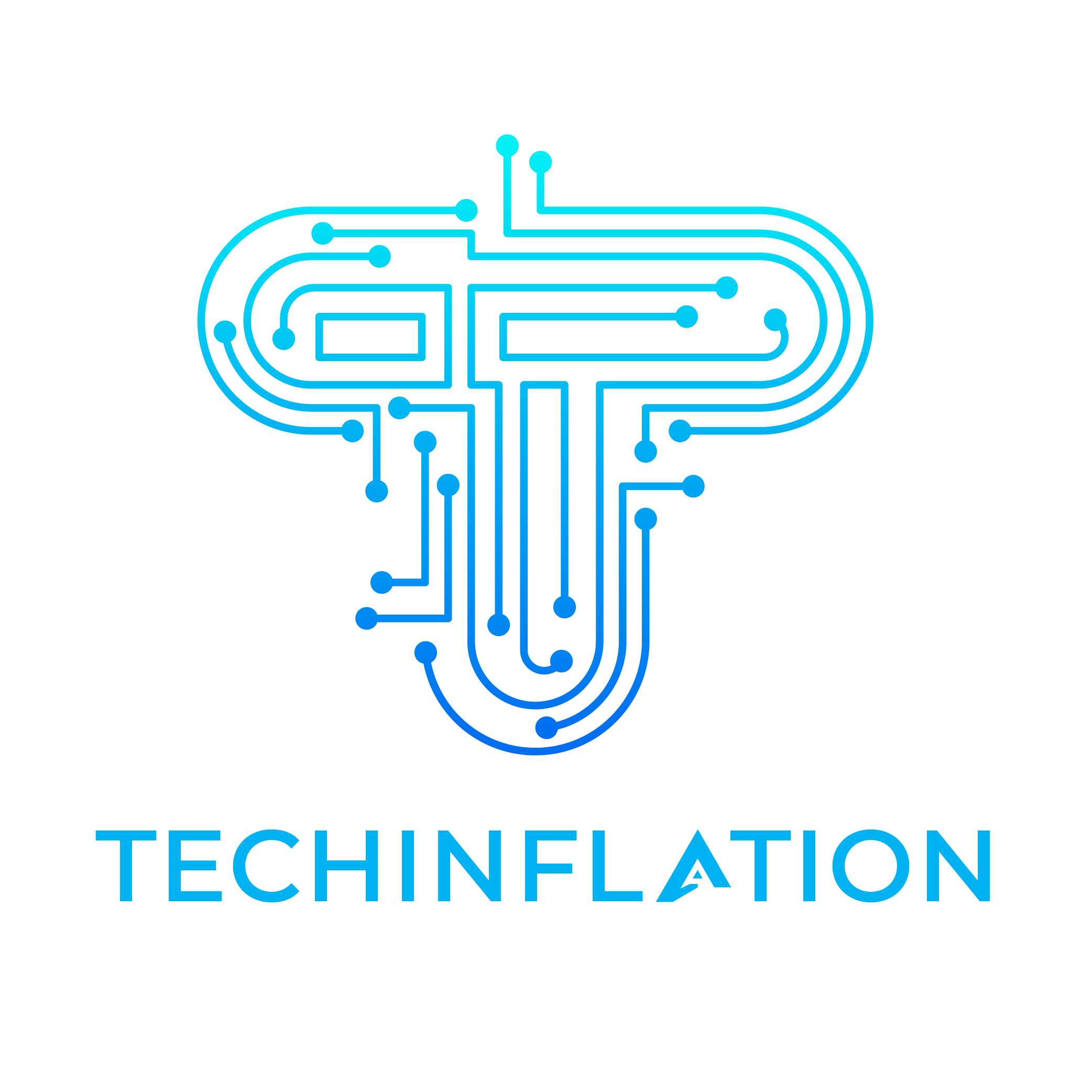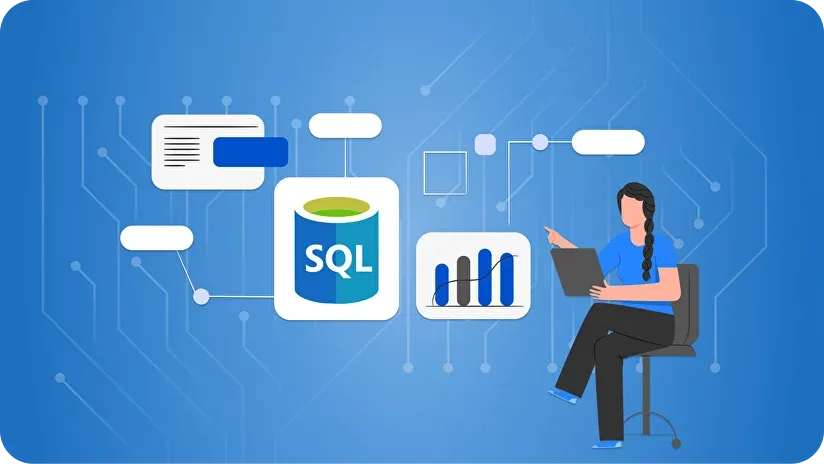There isn’t a limitation when it comes to SQL Server Integration Services (SSIS) comprehensively enhancing the quality of one’s business through effective data integration and ETL (Extract, Transform, Load) processes. Among all the available versions of SSIS, it can be stated that SSIS 816 remains exceptional due to its vastly improved performance, scalability, and cloud integration abilities.
Regardless whether one is a data expert or a novice, grasping the features of SSIS 816 is crucial to maintaining a competitive edge in a data-dependent environment.
What Is SSIS 816?
As a component of SQL Server 2016, SSIS 816 describes the 2016 version of SQL Server Integration Services. This version came with an explicit focus on cloud integration and improved scalability and performance, enabling businesses to cope with the ever-expanding reliance on cloud-hosted infrastructure. SSIS 816 effectively combines on-premise systems with cloud solutions like Microsoft Azure.
SSIS 816 is an important milestone in Microsoft’s mission to increase efficiency and scalability in data integration. The sophisticated data flow capabilities and increased number of connectors, combined with the ability to deploy in the cloud, set SSIS 816 apart from previous versions.

Important Attributes and Benefits of SSIS 816
1. Increased Size-Awareness and Optimization
SSIS 816’s design, like SSIS 2016’s, was Maker-Focused. This version introduces a scale-out feature that makes it possible to split the execution of SSIS packages over several units. This implies that SSIS will operate more effectively and with greater speed for the vast majority of organizations that operate with significantly larger datasets.
Moreover, with the increase of high-volume operations, SSIS 816 now allows single-package execution to be EU to simultaneous 64 CPU cores.
- Scale-out architecture: Distribute workloads across multiple nodes.
- High-performance processing: Run packages in memory without writing logs to disk.
- Optimized execution: Achieve faster data processing for large ETL workloads.
This quality of performance and manageability will complement organizations that do analytics and transformations on the OLTP level for huge data volumes. This is one of the additional attributes that proves SSIS 816 is modern enough to meet the needs of contemporary enterprises.
2. Features of Cloud Integration
With data management increasingly relying on the cloud, SSIS 816 easily integrates with cloud technologies, including Azure. Users are able to publish SSIS packages to Azure SQL Database, Azure SQL Data Warehouse, and Azure Managed Instance.
These older SSIS systems can now help organizations utilize the scalability, flexibility, and cost-effectiveness the cloud has to offer.
- Azure deployment: Direct deployment of SSIS packages to Azure services.
- Lift-and-shift functionality: Easy migration of on-premise workloads to the cloud.
- Hybrid integration: Single data pipeline integrating cloud and on-premise systems.
Thanks to the features of SSIS 816, integration and migration of corporate computing to the cloud allows easy deployment and managed integration of powerful features reliant on server systems.
3. Enhanced Data Flow Transformations
At the core of SSIS are data flow transformations, and SSIS 816 improves these features even further. It is now easier to flow data in and out of systems due to the new data flow components like OData Source and ODBC Flow destination. These new features make it one of the most powerful tools for integrating data sources into pipeline SSIS 816.
- New techniques in data flow: Access OData services to work with ODBC connections.
- Enhancements in performance: Lookups, aggregations, and pivots were enhanced.
- Refinements in error handling: Enhanced error handling at the row level and redirection of data.
All these improvements mean that SSIS 816 can now smoothly integrate data in every possible scenario irrespective of how complicated they are.
4. Features that Improve Security
Data is everything in today’s world, and SSIS 816 brings several new upgrades that help protect sensitive information. The Always Encrypted feature ensures that sensitive data is encrypted at rest and in transit, providing better protection from unauthorized access.
Apart from this, SSIS 816 introduces security based on the role that you are using. This allows you to restrict access to SSIS packages and their elements depending on what the user’s role is.
- Always Encrypted: Encrypts sensitive data when being stored and transferred.
- Role-based security: Restricting access to packages and configuration elements.
- Data masking: Protect sensitive content in your data flows.
These changes to SSIS 816 have done wonders for businesses, knowing that their data in the integration process is safe and follows the modern standards of data protection.

What Are The Benefits Of Upgrading To SSIS 816?
When upgrading to SSIS 816, businesses can enhance their data integration and analytics. Here are some of the benefits of making the switch:
- New Features To Enhance Development Efficiency: SSIS 816 integrates with Visual Studio Code, so users gain access to IntelliSense, debugging, and deployment capabilities. It’s no longer necessary to use specialized tools like SQL Server Data Tools (SSDT), and this makes the development cycle more efficient.
- Increased Scope Of Connectivity: With NTLM and OAuth authentication, as well as new connectors for SAP BW, Hadoop, and Spark, users can integrate with most external systems. No matter the medium—social media or big data enterprise systems—SSIS 816 allows for constant integration.
- Budget-Friendly Cloud Options: With the growing trend of businesses shifting into the cloud, SSIS 816 provides budget-friendly options for deploying ETL workloads on Azure and other platforms. The initial cost for infrastructure may take a hit, but these cloud-native capabilities greatly enhance the level of scalability.
- Long-term Support: Version SSIS 816 focuses on providing long-term support as well as regular extensions and updates.
To summarize, SSIS 816 presents a complete answer for enterprises wanting to improve their data system integration processes, economize, and bolster security.
Statistics and Citations
72% of IT professionals claimed in a recent TechTarget survey that cloud integration was their number one priority in the field for 2023. This is in line with the increasing trend of cloud adoption in the industry. With the cloud deployment capabilities of SSIS 816, companies can satisfy these requirements with minimal alteration to their existing infrastructure.

In addition, a Gartner study found that 64% of businesses saw such benefits as improved operational efficiency after scaling out their data processing workflows. The scalability features of SSIS 816 make this possible through workload balancing across multiple servers, enhancing processing speed and reducing bottlenecks.
For further detailed reading on SSIS 816’s capabilities, Microsoft’s official documentation and research papers on data integration trends are invaluable resources.
Conclusion
In case you plan to scale up the data integration processes or strengthen their security by using the cloud, SSIS 816 is the perfect set of tools to meet them. With improved performance, expanded connectivity, integration with other applications, and tight security features, SSIS 816 is a great asset in this modern era to all enterprises.
To facilitate the development of technologies and services that engage with data, we must recognize how businesses are shifting focus to data-oriented decision-making. SSIS 816 has the right combination of flexibility, performance, and security for your data integration processes.
So, are you prepared to utilize SSIS 816 to the fullest for your data integration tasks today?
Key Features of SSIS 816
| Feature | Description | Benefit |
|---|---|---|
| Scale-out Architecture | Distribute workloads across multiple servers. | Improved scalability and performance. |
| Cloud Integration (Azure) | Deploy SSIS packages to Azure services (SQL Database, Data Warehouse). | Seamless cloud migration and flexibility. |
| New Data Flow Components | Includes OData Source and ODBC Flow Destination. | Easier integration with diverse data sources. |
| Role-Based Security | Restrict package and configuration element access. | Enhanced data protection and user management. |
| Always Encrypted | Encrypt sensitive data during storage and transfer. | Improved security for sensitive information. |










